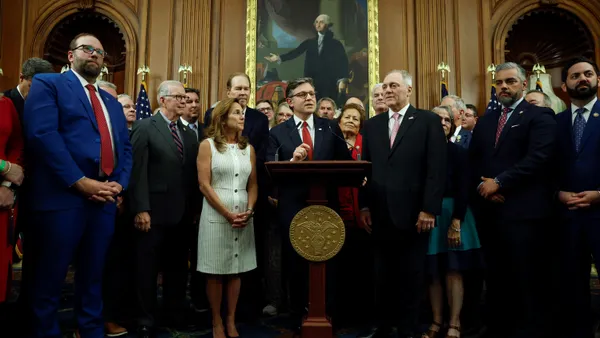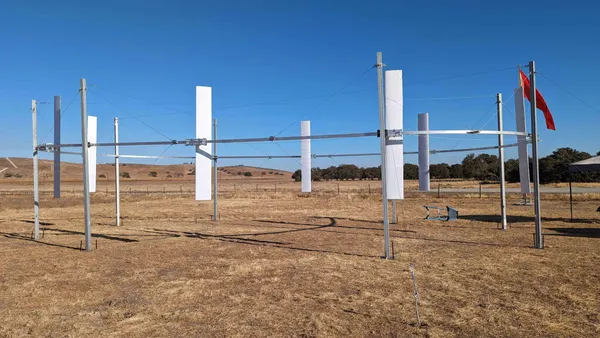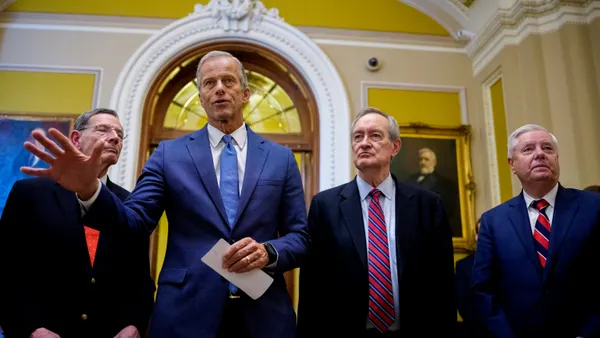Dive Brief:
-
SolarCity has chosen Tesla to supply a 52 MWh utility-scale energy storage system destined for the Hawaiian island of Kauai.
-
The storage system will back up a 13 MW solar array SolarCity is building for the Kauai Island Utility Cooperative (KIUC).
-
The Tesla Powerpack lithium-ion battery system will feed up to 13 MW to the grid to shave the amount of conventional power generation needed to meet peak demand between 5 p.m. to 10 p.m.
Dive Insight:
SolarCity says its solar-plus-storage project next to KIUC’s Kapaia power plant is the first utility-scale system in the United States to provide “dispatchable” solar power that is available after the sun goes down.
As much as the island’s abundant solar energy, the project benefits from the high rates of traditional generation on the island, which has to be fired by imported fuel.
Under the terms of a 20-year power purchase agreement, KIUC will pay SolarCity $0.145/kWh, which SolarCity says is only slightly more than the cost of energy from KIUC's two existing 12 MW solar arrays whose output is available only during the day.
Using the stored solar energy instead of diesel generators will enable KIUC to reduce its use of imported fuels and cut its greenhouse gas emissions.
SolarCity says the project, on 50 acres owned by Grove Farm Co. just north of Līhu'e, has already received most of its state and county approvals and is awaiting approval by the Hawaii Public Utilities Commission.
KIUC and SolarCity have requested an accelerated timetable for the project so that construction work can begin by April in order to lock in investment tax credits before scheduled rate reductions take place. The project is expected to enter service by the end of 2016.
When the project was announced last September, talk in the industry was that Tesla was on the short list of battery suppliers. SolarCity Chair Elon Musk is also the CEO of Tesla and is the cousin to SolarCity executives Lyndon and Peter Rive.
SolarCity says it chose Tesla after “conducting a comprehensive competitive solicitation in the battery marketplace.”













